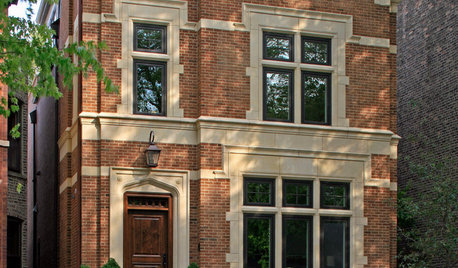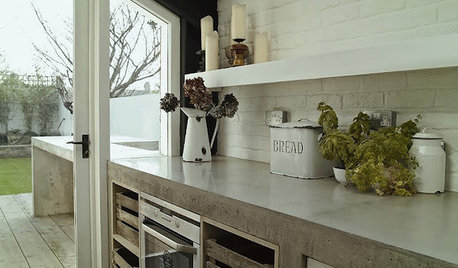Attaching a Ledger to Concrete Block
riles_j
16 years ago
Featured Answer
Sort by:Oldest
Comments (32)
deckman22
16 years agoriles_j
16 years agoRelated Professionals
Fort Lee Decks, Patios & Outdoor Enclosures · Gladstone Decks, Patios & Outdoor Enclosures · New York City Decks, Patios & Outdoor Enclosures · Olathe Decks, Patios & Outdoor Enclosures · Tooele Decks, Patios & Outdoor Enclosures · Troy Decks, Patios & Outdoor Enclosures · Windsor Decks, Patios & Outdoor Enclosures · Terryville Home Builders · Montebello Home Builders · Newark Home Builders · American Canyon Flooring Contractors · Fort Walton Beach Flooring Contractors · Annapolis Siding & Exteriors · Beaumont Siding & Exteriors · Cypress Siding & Exteriorsdeckman22
16 years agobrickeyee
16 years agojohn_hyatt
16 years agobrickeyee
16 years agojohn_hyatt
16 years agoriles_j
16 years agothedeckpro
16 years agojohn_hyatt
16 years agojohn_hyatt
16 years agobrickeyee
16 years agomike13
16 years agoriles_j
16 years agomarcinde
16 years agoriles_j
16 years agobrickeyee
16 years agojohn_hyatt
16 years agoriles_j
16 years agomike13
16 years agojohn_hyatt
16 years agoriles_j
16 years agomarcinde
16 years agojohn_hyatt
16 years agoriles_j
16 years agomarcinde
16 years agobrooklyndecks
16 years agothedeckpro
16 years agojohn_hyatt
16 years agobeyond_charter_net
13 years agoStacy Puckett
5 years ago
Related Stories

INDUSTRIAL STYLERoom of the Day: Concrete Block Goes Chic in a Living Room
Designers put a fresh face on a workaday material in this Washington, D.C., condo
Full Story
MATERIALSRaw Materials Revealed: Brick, Block and Stone Help Homes Last
Learn about durable masonry essentials for houses and landscapes, and why some weighty-looking pieces are lighter than they look
Full Story
WINDOW TREATMENTSBedroom Window Treatments to Block the Light
Sleep tight with curtains, shades and more designed to keep out bright rays while letting stylishness in
Full Story
KNOW YOUR HOUSEKnow Your House: The Basics of Insulated Concrete Form Construction
Get peace and quiet inside and energy efficiency all around with this heavy-duty alternative to wood-frame construction
Full Story
KITCHEN COUNTERTOPSKitchen Counters: Concrete, the Nearly Indestructible Option
Infinitely customizable and with an amazingly long life span, concrete countertops are an excellent option for any kitchen
Full Story
FLOORS5 Benefits to Concrete Floors for Everyday Living
Get low-maintenance home flooring that creates high impact and works with home styles from traditional to modern
Full Story
GREEN BUILDINGHouzz Tour: See a Concrete House With a $0 Energy Bill
Passive House principles and universal design elements result in a home that’ll work efficiently for the long haul
Full Story
GARDENING AND LANDSCAPING6 Ways to Rethink Your Patio Floor
Figure out the right material for your spring patio makeover with this mini guide to concrete, wood, brick and stone
Full Story
MOST POPULARA Contractor's Secrets to Hanging Holiday Decor
Hang a wreath or garland on brick, concrete, Sheetrock or wood the professional way — and avoid the potential pitfalls
Full Story
LANDSCAPE DESIGNDoes Your Landscape Need a Little ‘Cosmic Latte’?
Beige — the color of the universe — can be both building block and backdrop in a contemporary garden
Full Story










marcinde